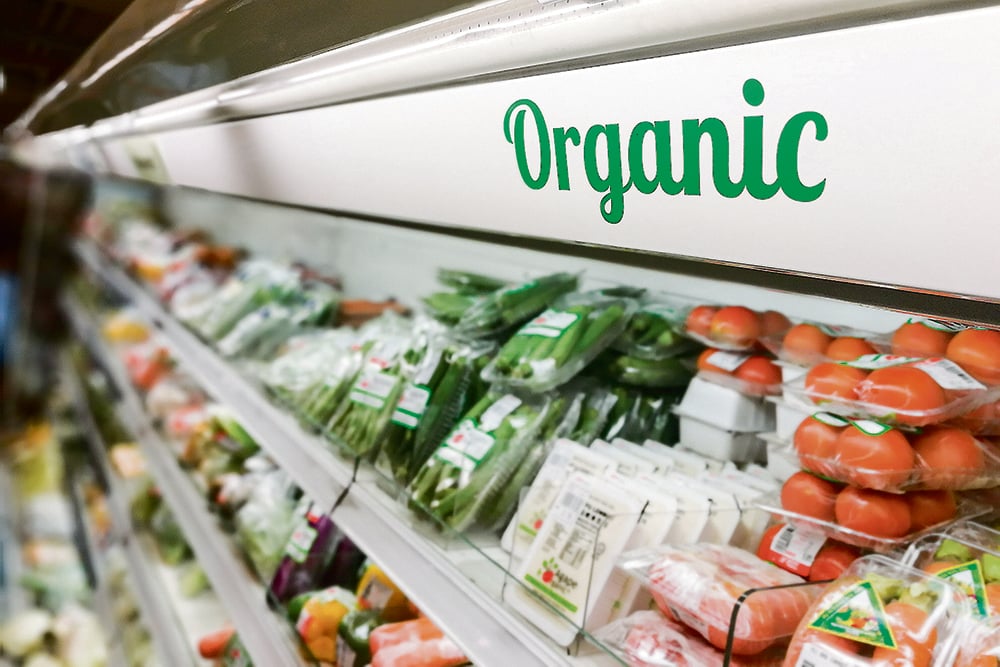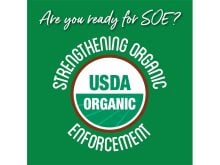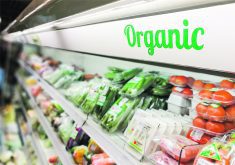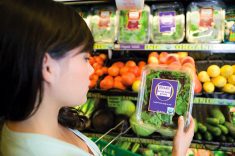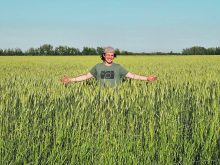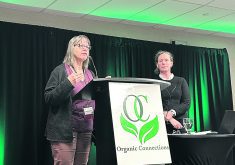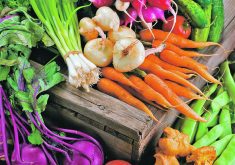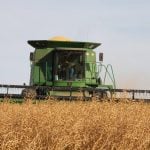Government move intended to reverse trend that has seen the number of non-organic farmers converting to organic drop by 71 percent since 2008
The United States has a strong appetite for organic foods, so the U.S. Department of Agriculture is spending $300 million to encourage organic crop production.
The USDA will spend the money on programs and direct payments to help conventional farmers transition their land to organic production.
The financial support may alter a pattern that has seen fewer American farmers convert their land to organic.
“The number of non-certified organic farms actively transitioning to organic production dropped by nearly 71 percent since 2008,” the USDA said Aug. 22 in a news release.
Read Also
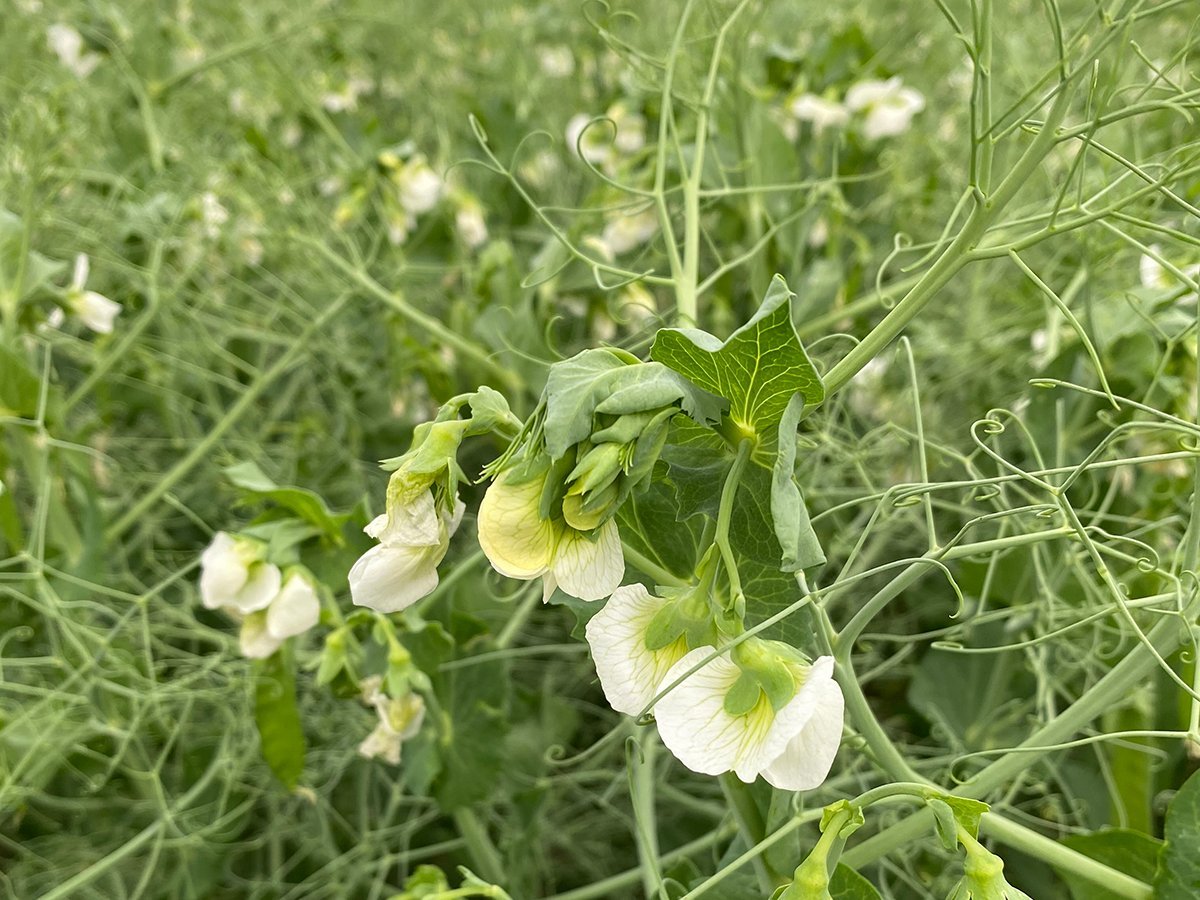
Crop quality looks good this year across Prairies
Crop quality looks real good this year, with the exception of durum.
“(The) USDA hopes to reverse this trend, opening opportunities for new and beginning farmers and expanding direct consumer access to organic foods through increased production.”
The American government is taking the action partly because the U.S. doesn’t produce enough organic food to satisfy domestic demand.
Data from the Organic Trade Association shows that the U.S. has a massive trade deficit in imports versus exports of organic food.
In 2020, the U.S. imported about $4 billion in organic crops but only exported $734 million.
“From 2016 through 2020, U.S. organic imports grew at an average rate of 14 percent per year, reaching $4 billion (in) 2020,” the OTA says in a report.
“U.S. organic exports grew at an average rate of six percent per year since 2016, reaching $734 million (in) 2020.”
As an example of the growth in imports, the U.S. has been importing a massive quantity of organic soybean meal from India to feed American livestock.
“(In) 2020, U.S. organic soybean meal imports from India reached 342,000 tonnes, an 1,821 percent increase from 2016,” the OTA report said.
The growth has been so explosive that organic industry groups accused India of dumping the soybean meal into the U.S. market.
They won the case.
The U.S. International Trade Commission ruled that the imports were harming the U.S. soybean industry and imposed duties of 165 to 424 percent on certain Indian exports.
The USDA would like to reduce America’s dependence on organic imports from India and elsewhere, hence the $300 million to support the transition from conventional to organic farming.
In an interview with thepacker.com, Agriculture Secretary Tom Vilsack summarized how the Organic Transition Initiative will work.
“(It’s) essentially designed to do three basic things: it’s designed to provide wraparound technical assistance and farmer-to-farmer mentoring, so that those who are interested in becoming organic farmers can learn from those who already are; financial support for the costs that are involved in conservation and in risk management; and the development of adequate supply chains and market opportunities.”
About $100 million of the investment will go towards certain segments of the organic market to increase production of a needed commodity.
“The AMS (Agricultural Marketing Service) initiative will focus on key organic markets where the need for domestic supply is high,” the USDA said. “Examples of markets seeking support include organic grain and feed; legumes and other edible rotational crops; and livestock and dairy.”
The U.S. definitely needs more organic soybeans.
In March, non-gmoreport.com said America’s organic sector uses about 31 to 33 million bushels of soybeans per year for livestock feed.
American farmers produced 10.4 million bu. of organic soybeans in 2021, a 25 percent jump over the previous year, but not nearly enough to supply domestic demand.


